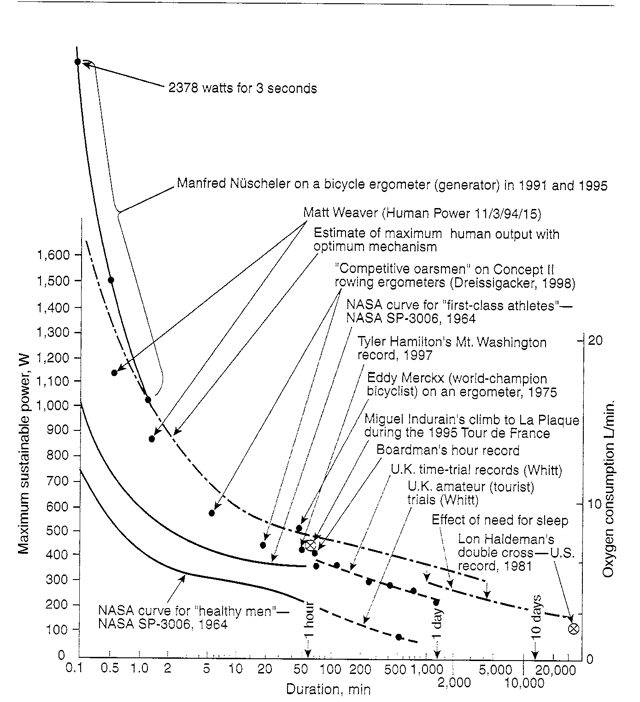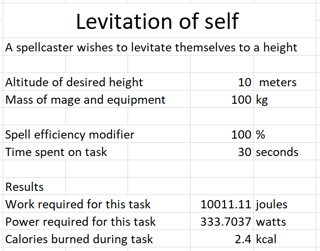I think you rethink your question, as creating a "magical particle" which would smoothly fit into modern scientific understanding would require at least a degree to get it somewhat plausible to an expert and go right above most reader's heads anyways. Instead, I recommend you go a different route that will solve your problem (or at least what I think you want to create.
Let me present, an energy-based magic system in a step-by-step format:
- There is a "mana" or "magical energy" particle that just exists (handwave). This particle permeates everything and it's unclear where it comes from (however a large concentration seems to be at the planet's core and results in "magical hotspots" akin to how geothermal activity causes hot springs, geysers, and volcanoes). This mana particle does not usually interact with regular matter but is attracted by electrical currents.
- Due to all thinking creatures having a brain with neurons that communicate electrochemically, mana is attracted and hangs around in the brains of creatures.
- In order to "cast a spell" or preform magic, the caster must bring their mana particles into a stable pattern or configuration. To achieve this "mana-patterning" they must bring their mind or thought process (and therefore by extension the mana particles in their brains) into a template configuration. This explains why wizards have to meditate and study for a long time, as blanking one's mind enough and focusing on the magical pattern is difficult. Sorcerous people or creatures, through a quirk in their biology, already have a part of their mind pre-patterned, and can therefore easily achieve the required mental state to preform the magical feat.
- The mana particle is a master at energy conversion and can convert all types of energy to each other, provided the spell caster knows the specific mana patterns as to how. Almost all magic-capable creatures fuel their spell through chemical energy, effectively depleting the stamina (the chemical energy that would normally fuel their muscles, glucose or whatever) to power spells. This means like a pro-athlete, high magic expenditure is connected with a high caloric cost. The key here is that the mana particle itself has no energy, rather it facilitates energy conversion.
- In order to keep everything reigned in, let mana energy conversion at a distance fall off with the square or the cube to localize magical effects near the spellcaster.
Advantages of such a system:
- Unlike most magic systems, laws of thermodynamics and conservation of energy/mass would not be broken in such a system. In lots of fantasy, magic can "just happen" and powerful, world-bending effects can be cast by some old guy in a robe. Not so with this system. If each spell has an actual energy cost associated to it (and by energy I mean quantifiable in Joules or Kilocalories) then you're not breaking any laws of physics. Spellcasters would probably be buff and not glass-cannons as they need to power their spells
- Knowledge of physics lets one easily calculate possible spell power and effects. For example, a high performance athlete can exert around 400 watts of continuous power for around an hour. That's around 1.4 million joules. By combining work/energy limits (measured in joules) with power limits (measured in watts) you can structure "realistic" spells.
- Since the system conforms with traditional physical laws, creating perpetual motion machines or other infinite-energy sources is impossible. Of course, if a wizard figured out how to enrich radioactive materials and use those to power their spells, they could create quite powerful effects. This is unlikely though, it's easy to imagine how somebody in a typical fantasy world wouldn't have a solid grasp on work, power, and energy in the first place, let alone conceptualize the ability to harvest energy from gray rocks.
Example calculating a "spell" and someone's stamina:
First, we establish our spellcaster's stamina curve. This is the relationship between how much power they can output (measured in watts) for how long of a time. Take a look at this:

Example calculation:
You can use these curves to calculate what sorts of spells that a magically-capable creature would be able to accomplish. To ensure the spell is possible to cast, you just need to make sure that the power levels and caloric costs never exceed the max. For example:

In this example, the spellcaster levitates themselves upwards 10 meters over the course of 30 seconds. During those 30 seconds, they are outputting ~330 watts of power. This would leave the average healthy person winded and be the equivalent of a short sprint. (according to the NASA curve on the graph, 300 watts is only maintainable for five minutes by healthy people until they're out of stamina)
To "cast" a laserbeam:
The spellcaster focuses themselves on converting their own power output into radiation. Converting from the spellcaster's chemical energy to radiation is something that mana particles can just do. The spellcaster needs to be skilled enough to manifest where this radiation escapes to be a concentrated point and needs to get all the radiation onto a proper wavelength and pointing in the right direction. How the particles get the energy from the spellcaster and into the point of conversion isn't important, you can just say that mana particles move on a different plane of reality, or like electrons, don't have a precise location but rather a probability distribution of where they're likely to be. Then, you can just use standard laser power levels and their effects. For example, a 60 watt co2 laser can burn through plywood around a centimeter or two thick provided it's properly focused. Now if you throw in some realism in the form of spell efficiency modifiers (presumably no fantasy spellcaster knows the most efficient mana pattern possible to convert to radiation) and have the beam loose coherence after distance (as focusing the beam takes immense spellcaster skill), you can have a "realistic" laser spell. The spellcaster might be firing off 80 watts of laser power (at an expenditure of 200 watts) and such laser beams would be able to instantly blind people, and give nasty burns at a distance. 80 watts would not be enough to cut anything at range. At the extreme, if a skilled spellcaster goes "all out" and is able to get off a 2000 watt beam before they fall unconscious from exhaustion that could do some damage. 2kw laser systems are cable of cutting centimeter-thick sheets of metal with ease.


